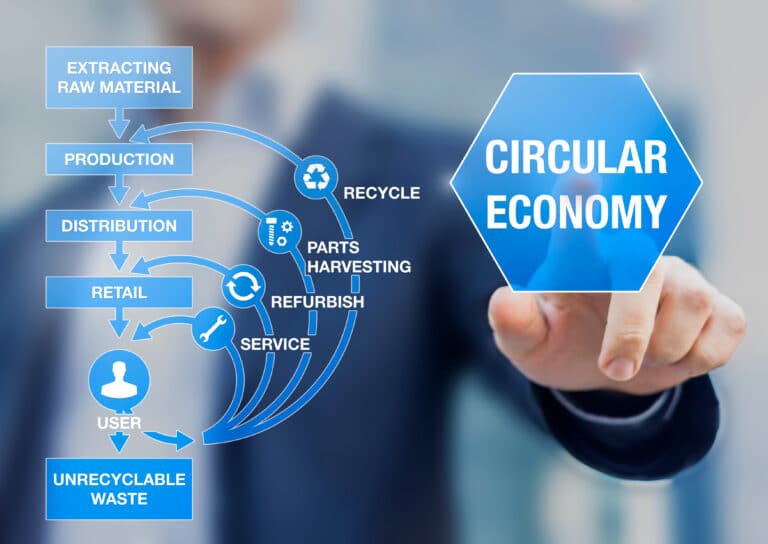
Introduction :
A business model in a simple language is
“A structure of a business and it’s every function.”
It gives an idea of how the inputs would get converted into output, and in doing this, the core aim of business, then may it be profit-making or value building or solving a problem, will be achieved.
In India, small companies infrequently have a business model because they don’t aim for this. Here we have compiled all the possible business models which are followed by businesses around the globe so that Indian SME’s and startups can implement the same for quicker goal achievement.
Enterprise Models:
Many business models are already known and are business models that can get applied in India; however, still, below is a complete list.
- Manufacturer: A manufacturer makes goods from raw materials and sells them to supply chain participants. He may be a product owner or a job worker himself.
- Distributor: A distributor is a person who buys products and distributes them, generally to a retailer. Commonly observed, they earn maximum profits for less work.
- Retailer: Retailer sells goods directly to the customer and earns a margin on the same.
- Aggregator: Aggregator model is a modern business model wherein all service providers or product sellers are aggregated and offered to consumers for a better choice. They generally earn commission and aim for higher turnover.
- Franchise: Franchisee is a business model wherein a readymade business model is offered to the franchisee by master franchisee or business owner to make sales of his products. They are similar to the sales branch of business but operationally managed and run by the third party. The franchisee earns commission and owner giving it earns royalty.
- Bricks-and-clicks: A company that has both online and offline presence allows customers to pick up products from the physical stores while they can place the order online. This model gives flexibility to the business since it is present online for customers who live in areas where they do not have brick-and-mortar stores.
- Nickel-and-dime: This is another model concept, business model. In this generally first product is charged very low, and the addons with it are charged at a premium. This model can be seen in softwares or applications.
- Subscription: This is an old model where customers are kept hooked by the recurring payments for the recurring service to be provided. Given is a popular model as both customers and owners are benefitted by it.
- High Touch: These are models that are required by skilled businesses or knowledge processing units. Here a constant human interaction is needed to keep customers engaged and informed. Consulting firms, barbers etc. usually require these models. The opposite of the same is low touch model.
Purpose of the business model:
Even if one knows a business model that can be applied in India still knowing purpose for doing a business model is important as
- It saves you from going with the first best business model.
- It saves time by not having to write a 100-pages document.
- It is easy to understand for the whole team.
- It helps to pitch your business model to investors.
- You can explore multiple options in a kind of scenario analysis.
- It is easy to change, so you can incorporate your learnings and keep it updated and relevant.
Elements of a business model:
However, a business model that can be applied in India can have many elements according to its demographics and peculiarities still below are its elements.
1)Value Proposition
Define how a company’s product or service fulfills the need of customers.
2)Revenue Model
Define how the firm will earn revenue generates profits and produce a superior return on invested capital
Example
Advertising revenue models, Transaction fee revenue model, Affiliate revenue model.
3)Market Opportunity
Refers to a company’s intended market space and the overall potential financial opportunities available to the firm in that market space
4)Competitive Environment
Refers to the other competition selling similar products and operating in the same market space
5)Competitive Advantage
Achieved when a firm can produce a superior product and bring a product to market, at a lower price than most, or all, of their competitors.
Example :
First mover advantage
Unfair competitive advantage
6)Market Strategy
The plan that details how a company intends to enter a new market and attract strategy
7)Organizational Development
Describes how the company will organize the work that needs to get accomplished
8) Management Team
Employees of the company responsible for making the business model work
Also read : Changing tax firms business models, ABC of Cryptocurrency.
Conclusion:
A business model is a plan for how a company is going to make money. This can be simple or very complicated. The business model should include details on all operations, as well as short- and long-term visions for business growth. Without a business model, investors and owners will not have a clear idea of how to grow the business best, and it will be much harder to create a stable and sustainable concern.
You can also read this amazing blog describing various business models of popular business here.
At consultaxx, we provide complete business planning and consultation. Feel free to contact us.




